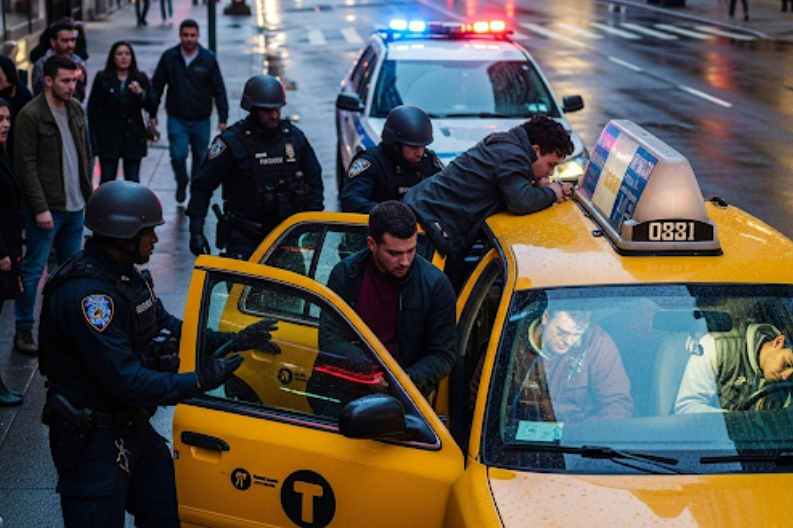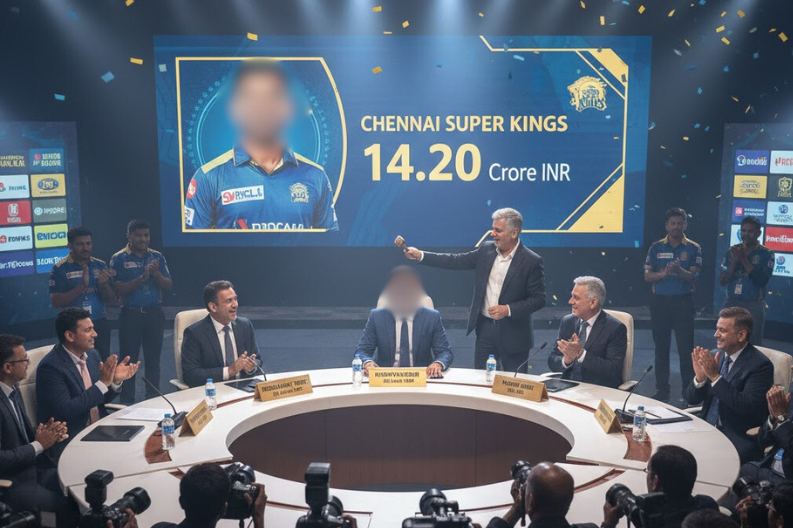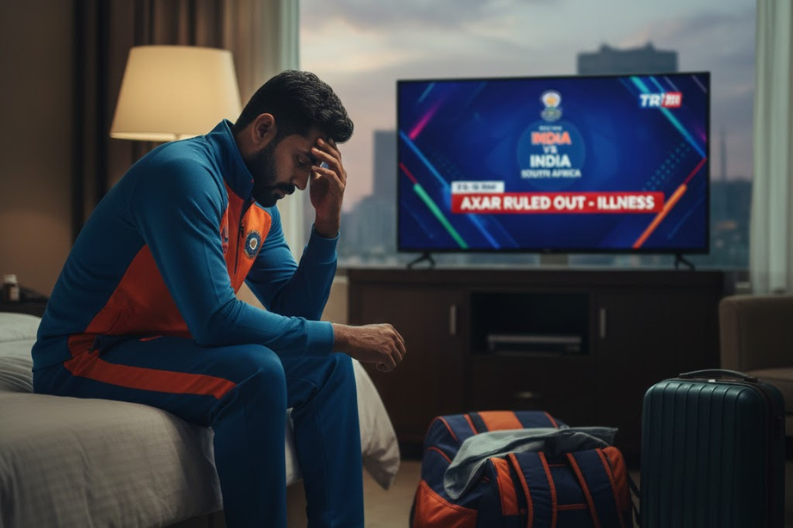In Ghaziabad, a shocking crime unfolded on the night of August 7, 2023, when a young man arrested for cab theft. And his two accomplices brutally attacked a cab driver and stole his vehicle. The incident sparked serious concerns about public safety in the region. And highlighted the rising threat of violent crimes in the NCR.
The victim, Mohammad Zakir, had accepted a booking through an online taxi app from three men. However, the ride soon turned violent. Abhay Kumar, 20, the main accused, along with his friends Aditya Rana, 20, and Kunal Panwar, 22, tied up Zakir and slashed his throat. They then dumped him near the Upper Ganga Canal in Niwari before fleeing with his Maruti Wagon R.
Locals found Zakir injured the next morning and alerted authorities. His brother filed a complaint at the Niwari police station, which led to swift police action. Using CCTV footage, surveillance, and intelligence, officers tracked down the suspects. During the arrest, Abhay attempted to escape, so the police fired and injured his leg. The police also recovered the stolen car, two phones, three knives, and a country-made weapon from the group.
Investigations revealed Abhay acted out of revenge against his former employer. In March 2023, he was arrested for stealing two luxury cars but was later granted bail. Senior officers explained that Abhay planned to use the stolen vehicle to kidnap his ex-boss or target expensive cars for resale. This raised questions about repeat offenders and systemic gaps in law enforcement.
Officials confirmed additional charges under the Arms Act, stressing the need for stronger deterrents. The case reignited debate about crime prevention in urban hubs like Ghaziabad, where theft and violence continue to challenge community safety.
In conclusion, the Ghaziabad incident highlights the importance of vigilance, collaboration, and preventive policing. While the police acted swiftly, long-term solutions are needed to curb rising crime. The case of the young man arrested for cab theft is a grim reminder that public safety requires strong enforcement and active community involvement.



